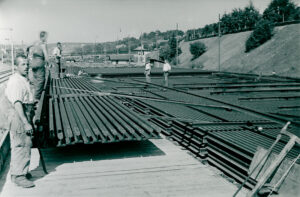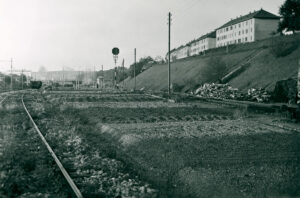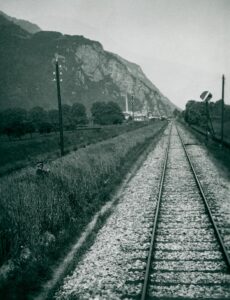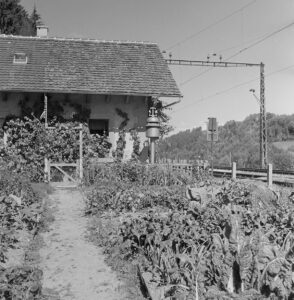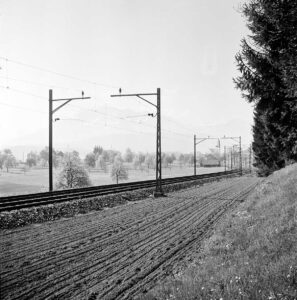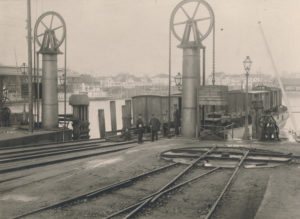
The Swiss railways and food security
During the Second World War, there was a massive expansion in land used for agriculture in Switzerland to counter food shortages and difficulties with importing. Land that had been allocated for railway line construction was used instead for growing potatoes during the war years.


